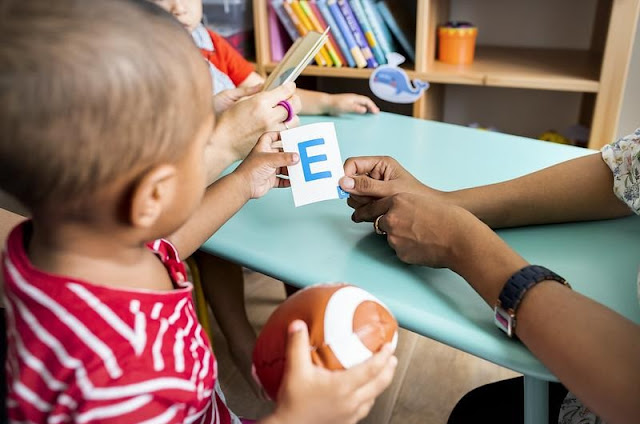How To Teach Your Child To Read Using Phonics
Phonics is how letters and letter combinations form sound, especially when reading aloud. Once children understand that "b" says its name, it is easier to read words with this sound (bat, bit, cab).
The ability to decode text using phonics is an essential skill for learning to read. It isn't easy to read fluently and understand what you are reading without phonics skills. It takes time for children to learn these skills, but it can be done with a few simple steps:
1. Explain that letters name the sounds they make
When children first learn about phonics as toddlers, it can be as simple as learning that "m" makes the "mmm" sound or that "A" sounds like the first letter of their name.
2. Start with words the child knows
When teaching phonics https://themaelanway.org, start with simple words that your child is familiar with already (such as names, favorite foods, toys). This will make it more fun and easier for them to learn.
3. Practice sounds with simple syllables
For example, if your child is learning the "mmm" sound, start by asking them what sound the letter m makes. The answer will be an "mmm." Then ask them what other word starts with that sound. They may say mum or mat. You can then ask your child to spell that word by asking them to put the letter m on the mat (or at least point to where it is in that word).
4. Teach short and long vowel sounds
Once children understand how letters sound, they need to learn about short and long vowels. This will allow them to read words with different vowel combinations. For example, "I" makes the short "ih" sound, while "A" makes the short "uh" sound. So together, they make the long vowel sound of "ah."
5. Teach silent letters
Once children know the letters and sounds, they make and spell simple words with short and long vowel sounds begin teaching them about silent letters. This is important because it will help them read more complicated words like "knight," "write," or "light."
6. Practice reading and spelling
Now that children know the basics of phonics, they can start decoding words. Let them practice by reading simple books and asking them to spell words as you point out each letter and sound.
7. Read with expression
Reading aloud is an integral part of learning to read because it helps teach children about phrasing and intonation. In addition, reading with expression will help children learn to read with emotion, which makes it more fun and easier to understand what they are reading.
8. Stay focused
It's never too late to introduce your child to phonics or give them a refresher course on the basics of decoding text. Making reading an important part of your daily routine and showing your enthusiasm for books will help them grow to love reading.
Improving reading is a lifelong process, but it is never too early to start. The earlier children learn these concepts, the easier it will be for them to decode text and comprehend what they are reading.




Comments
Post a Comment